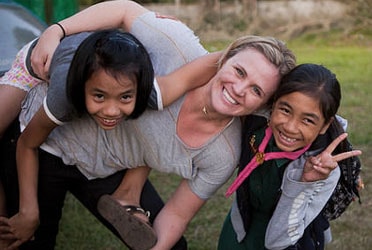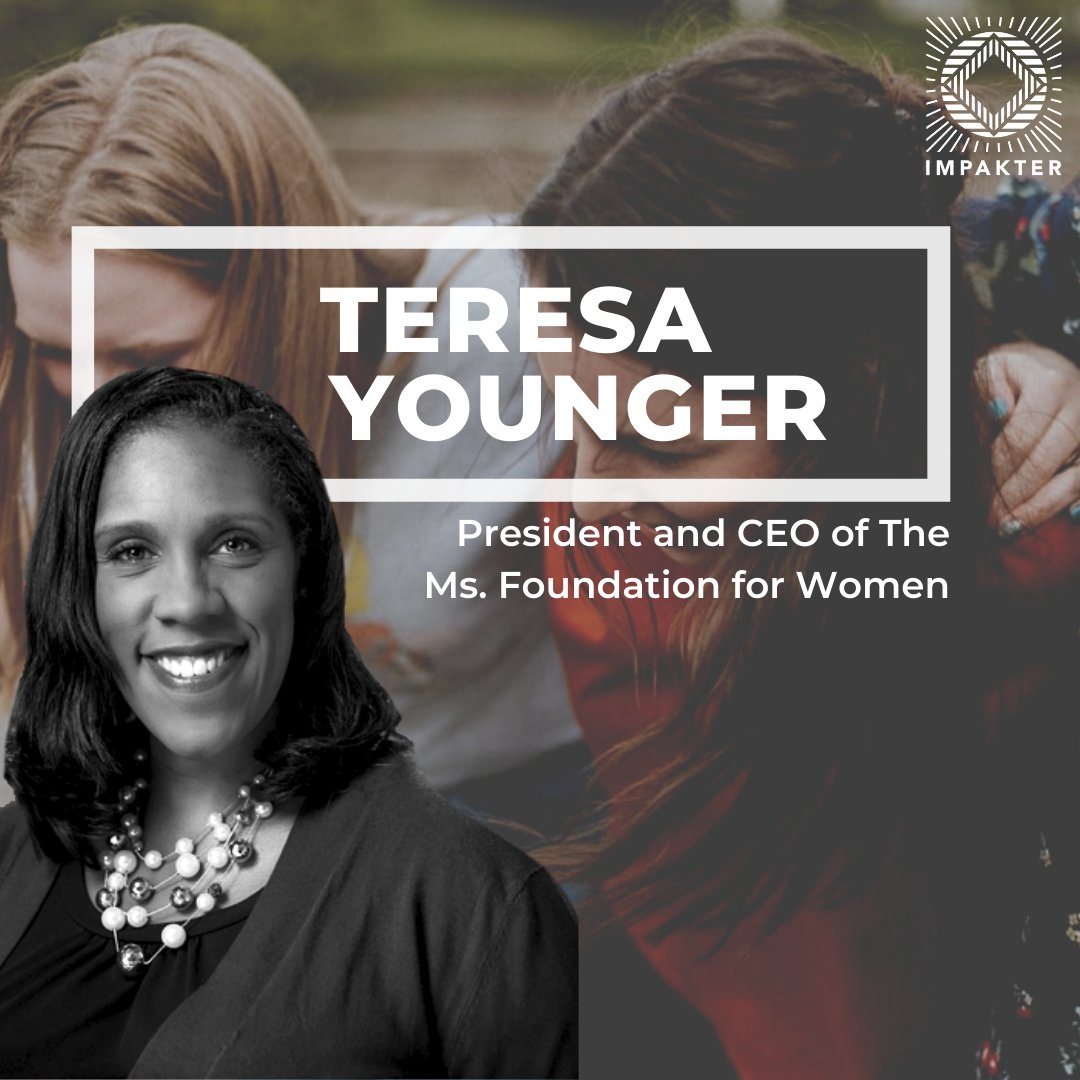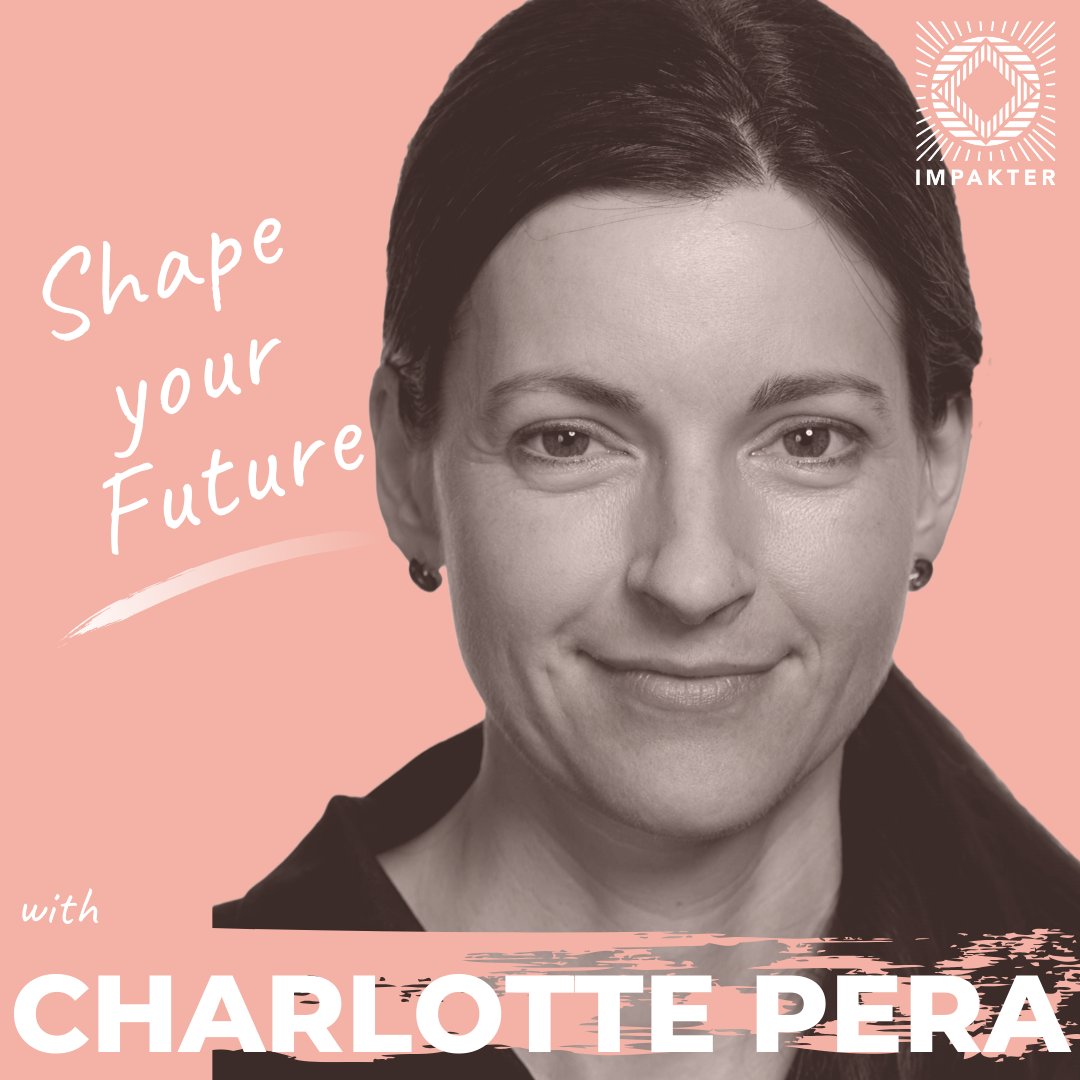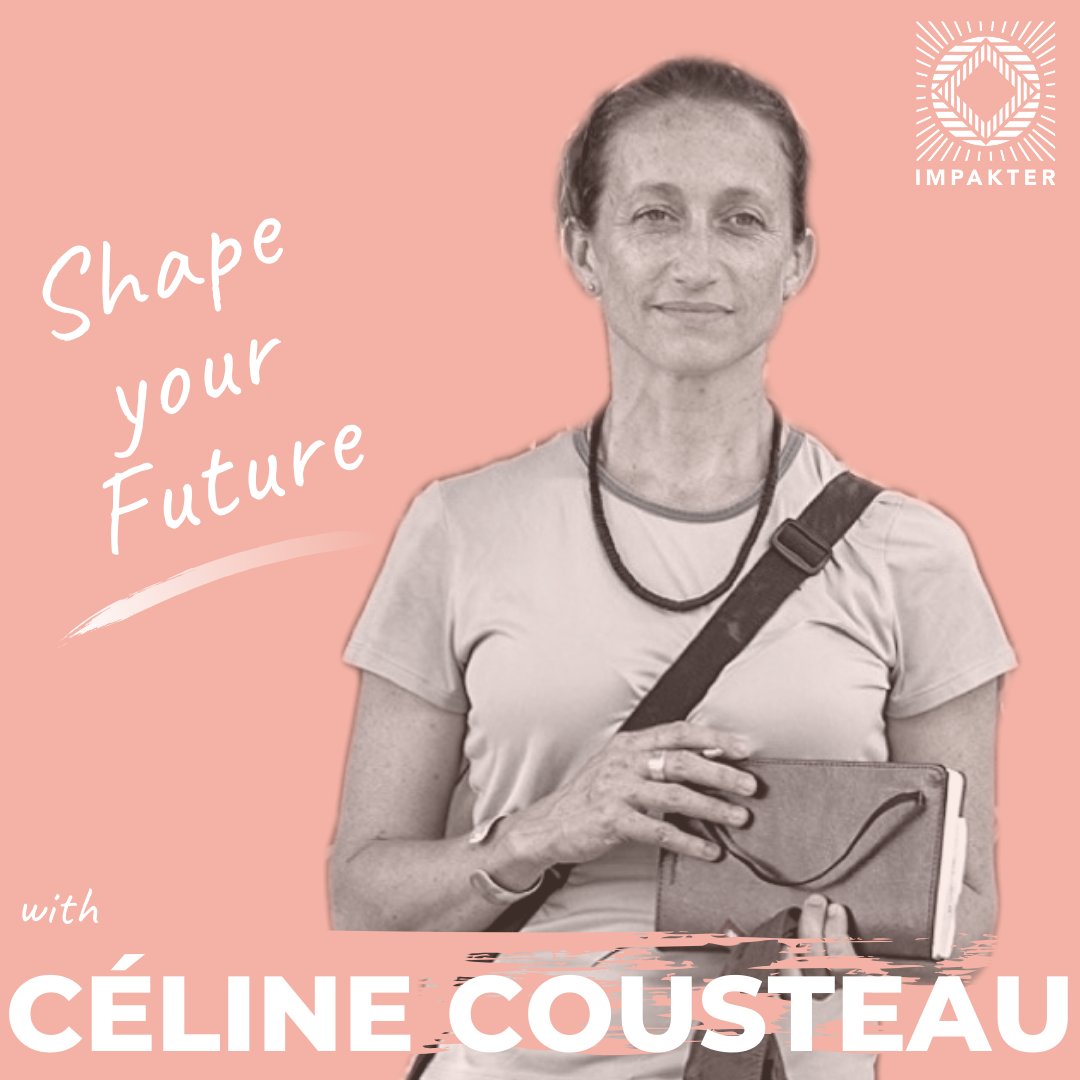Rachel Goble, President of The Freedom Story (formerly The SOLD Project) organization, dedicates herself to give every child the opportunity of education and the ability to achieve their dreams. Rachel Goble graduated from Westmont College with a BA in Business Economics and Fuller Theological Seminary with an MA in Cross Cultural Studies. Rachel’s degrees and experience in business and nonprofit development work gave her the expertise and insight to fight child trafficking through innovations in prevention, education, and mentorship.
In 2012 Rachel Goble was recognized as a finalist for the Edna Social Justice Award, which honors women leaders in the social justice movement. Passionate for the intersection of justice and the arts, she is the owner of Rachel Goble Photography.
Rachel Goble and The Freedom Story believe in the power of story, as testified by the film produced in 2009, “The SOLD Project: Thailand”. After this, Rachel travelled to over 27 cities in America to share the hope that can be found in investing in prevention to fight off trafficking. The evidence is in, prevention works as is shown in the lives of the students that The Freedom Story is reaching. Today, thanks to the power of these stories, The Freedom Story sponsors 140 students at-risk in Northern Thailand and has seen the drop-out rate statistics drop from 50% to 5% in the past five years.
The Freedom Story organization was the first-place recipient of Nike’s GIRL EFFECT Award in 2013 and is on the Top-Rated List of Great NonProfits.

You are the CEO of The Freedom Story and work to fight child trafficking through innovations in prevention, education, and mentorship. What made you choose to follow this path? How do you find creativity to innovate in your actions and what is the innovation that brought you the best results?
Rachel Goble: I was researching human trafficking from 2006-2009 as a graduate student and met incredible individuals and organizations working tirelessly to protect survivors of trafficking and prosecute perpetrators of trafficking. During this time I became incredibly passionate about what I saw as the missing ‘P’: Prevention. Prevention was often seen as the approach to fighting trafficking that would happen ‘when we have enough resources, we would love to focus on prevention’.
I became incredibly interested in prevention – what would this look like? Would donors and investors understand? Could we prove it? Would it work? Innovating to work backwards from the problem of child trafficking and exploitation led us to three main areas of focus: education, poverty alleviation and human rights.
Since our founding, we have seen poverty decrease in the communities in which we work, education increase and our human rights training reach thousands of people. Prevention is possible.

In 2009, you produced, with The Freedom Story, a film entitled: “The SOLD Project: Thailand” and then travelled all around America to share the hope you have. Does meeting people had a stronger impact than just sharing these stories over the internet and social media?
R.G.: Storytelling – both in-person and online – is the best tool we have for building empathy. Online relationships will never replace human connection in the same way that texting a hug emoji will never be the same as a physical hug.
That being said, sharing stories online has blown open the doors to how people live all around the world. From international human rights accountability to learning about new cultures and discovering beautiful locations, technology has and will continue to change how we connect with each other in a globalized world. It also means that there is now more accountability to the stories we tell, and how we tell them.
Showing the connection between education, poverty and human rights to children that are exploited is incredibly helpful in educating people about what prevention looks like in a tangible way. By sharing the stories of community members, we are able to introduce people to the complexities and nuances of trafficking prevention and inspire people to see the hope that exists in prevention.
The Freedom Story is all about ethic but can you explain to us what does it mean to tell stories ethically?
R.G.: I think storytelling is an incredibly effective and useful tool to share the stories of the beneficiaries, a donors’ investment and to show the impact of an organization. Storytelling has the opportunity to shine a mirror on someone’s life, to show how incredibly strong, resilient and brave they are.
When we share stories that connect us to our humanity and our shared experiences, our empathy deepens and our ability to connect to one another across cultures, languages and oceans is strengthened. Unfortunately sharing a story – especially in the social impact space – can also have the opposite effect of what I just mentioned.
Too often we see these shared stories generate pity and perpetuate the very stereotypes we are working so hard to break. Whether in person or online – stories have the power to change the world.
You are passionate about photography since your 17th birthday and are the owner of Rachel Goble Photography. You also found a way to empower children rights. What is the message you want to convey through pictures that you can’t express with words?
R.G.: I think that everyone responds to content differently. I have a high appreciation for visuals and aesthetics and it’s for this reason that I so deeply connect with the story told through film or photography. Others connect with statistics and data, and others with strategy and vision. All of these are various mediums for telling a story, and oftentimes stories are the most powerful when all these mediums are brought together.










